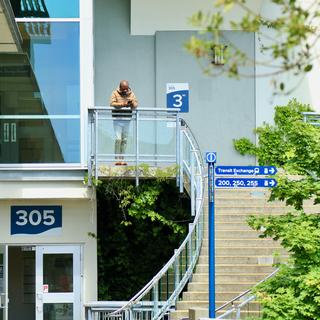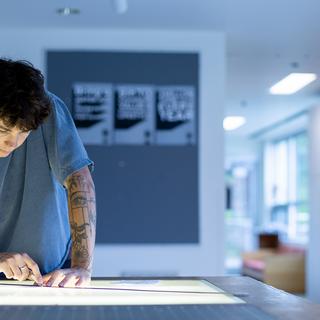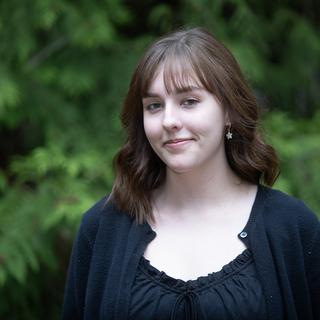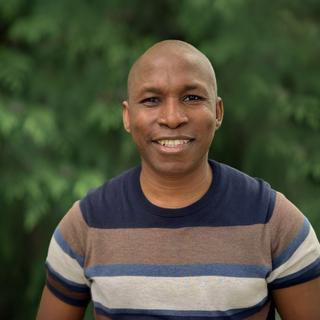Meet Jenni Ottilie Keppler, VIU’s visiting student researcher from Germany
Jenni [pronounced Yenni] Ottilie Keppler says she’s always felt a “personal calling towards the west coast of North America,” and a desire to conduct research in a UNESCO biosphere region.
When she discovered that Vancouver Island University (VIU) had a research institute focusing on projects within the UNESCO-designated Mount Arrowsmith Biosphere Region (MABR) she reached out to see if she could do a practical research semester.
That initiative led to Jenni becoming VIU’s first official graduate visiting student researcher. She’s working under the supervision of the Mount Arrowsmith Biosphere Region Research Institute and conducting her research through the German Academic Exchange Service, also known as Deutscher Akademischer Austauschdienst (DAAD). The visit is part of completing her Master of Science in Global Change Management from Eberswalde University for Sustainable Development in Germany.
Jenni is examining the reasons behind the current water-based sanitation system and what barriers there are to make sanitation waterless and more circular – what she calls circular sanitation solutions. The aim of circular sanitation is resource recovery, which means collecting human waste, composting it and turning it into fertilizer to use on plants.
Jenni says it is about closing the human nutrient loop. People eat plants and any unused nutrients are expelled in human waste. The waste can have nitrogen, phosphorus and potassium, which can be reintroduced into soil as fertilizer. These nutrients play a key role in plant health and growth and can help soil absorb and retain water.
Currently, waste is flushed down the toilet and on its way to the wastewater treatment plant, it mixes with run-off from streets, as well as commercial and industrial waste. Because waste streams are mixed, biosolids (or fertilizer) created from the treatment process can contain heavy metals and microplastics. It is difficult to separate the nutrients from other contaminants once they mix. Water-free sanitation, such as composting toilets and dry separation toilets, would mean waste streams aren’t mixed so it would not contain contaminants.
Jenni interviewed stakeholders along the human nutrient cycle in the biosphere region and beyond to learn what they think is needed to establish a circular sanitation system. She asked the question: What is needed so that 20 per cent of human “waste” generated in the MABR is disposed of, treated and recycled through water-free sanitation and resource recovery solutions by 2030?
Stakeholders interviewed include experts on composting toilets, early adopters, providers of the current sanitation system, municipal decision-makers, provincial and federal policymakers, community planners, engineers and building contractors, and farmers who could potentially use the recycled fertilizers. Jenni finished this research phase with a stakeholder workshop at the end of September. Stakeholders identified three key things that would help bring about circular sanitation:
- education and awareness;
- funding for pilot projects; and
- research on compost safety.
Jenni received another scholarship through DAAD for October to January and will explore the cultural barriers people hold against handling their own waste.
One way to start changing how we treat something is to change the language we use to define it, says Jenni.
“If you’re calling it waste then people see it as having no value and something to get rid of,” she says. “If you call it a resource, you start thinking about it differently. You start treating it differently.”
If you are interested in joining this research field, as a conversation partner or by making it the focus of your research project or business model, please reach out to Jenni on her blog.




